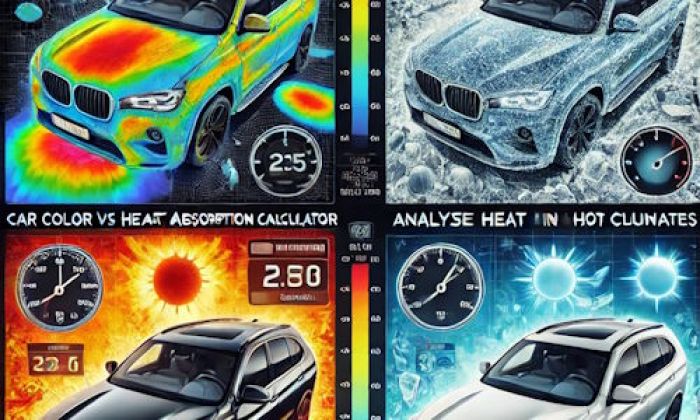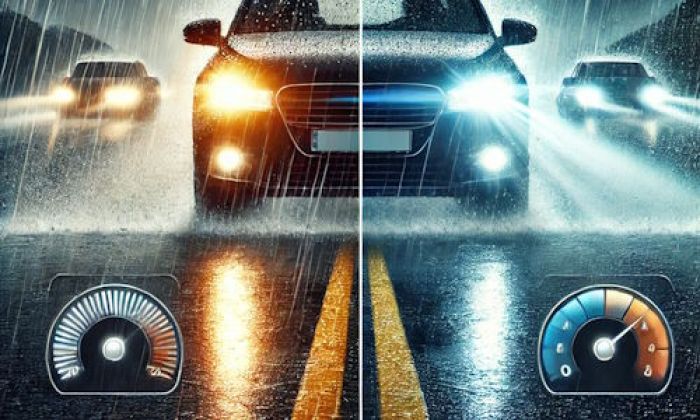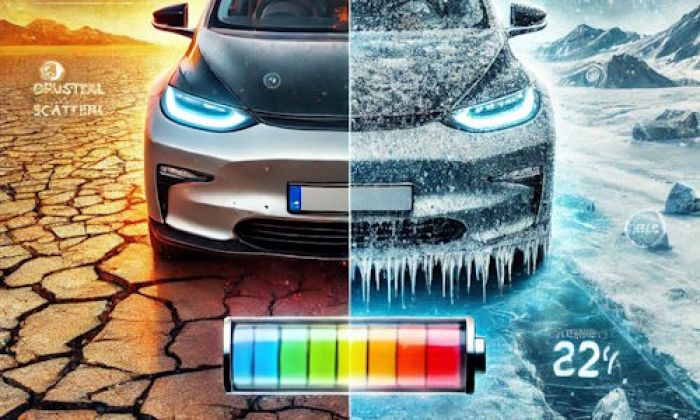P0496 is an across-the-board code that tells a driver their automobile's EVAP (Evaporative Emission Control System) system is experiencing an out-of-norm purging. Purge flow stops your Chevy Sonic from allowing fuel vapor leaks into the atmosphere. The system captures all the harmful vapor evaporating from the fuel tank. Therefore, preventing toxic vapors from leaking and flowing into the atmosphere.
P0496 code highlights
- Level of urgency:Low
- Possible culprits:EVAP system, purge valve, piping, air leaks
- Price for repair:$150 - $600
- If neglected:Harsh engine work, lower efficiency
- DIY repairs:Possible but complicated
- Can you drive?Yes

Overview of the P0496 Error Code
The P0496 is an extension of the OBD-II P0 code. The other three numerical sequences show what part of your car triggers the error. In this case, 4 represents the car's auxiliary emission control. The control monitors the car's temperature, speed, transmission gear, engine's PRM, manifold vacuum, et cetera.
The error code connotes the same thing on all car models and makes. Hence, a universal code. It indicates a malfunctioned intake vacuum. The vacuum is not operating as it should because the EVAP has malfunctioned.
EVAP System Purge Flow
Gasoline contains toxic constituents like hydrocarbons. Therefore, harmful vapor may flow into the atmosphere when it evaporates. Thankfully, manufacturers fit modern vehicles with EVAP systems to keep harmful fuel vapor and hydrocarbons from flowing into the atmosphere. It does this with the help of fuel tank pressure (FTP) sensors, charcoal canister, valves, and hoses.
Once the fuel evaporates, it moves to the charcoal canister. The canister has activated charcoal that absorbs all the harmful content from the fuel vapor before releasing it back to the engine through the purge valve. It also reduces the vehicle's emissions. The canister and the purge valve don't work alone to draw the harmful content from the vapor. The PCM (powertrain control module) often instigates the purging process. The vent valve, on the other hand, will allow fresh air to flow through the canister. The PCM directs when the valves open and close.
It creates a vacuum that extracts the fuel vapor from the activated charcoal and disperses it back to the engine. The engine will burn the fuel vapor as it combines with fresh air. The whole process makes the combustion process more efficient. As you can tell, the EVAP overworks to ensure your car emits non-toxic emissions. Therefore, you may see a P0496 error on the OBD-II scanner if your vehicle has a purge flow problem.
Many components within the EVAP tirelessly work together to purge harmful content from your car's emissions. Over time, these components may fail. The failures will manifest as a check engine light or error codes on the OBD-II scanner.
P0496 Error Causes on Chevy Sonic and Possible Fixes
Essentially, when more air flows into the activated charcoal canister, it forces more vapor into the engine. Therefore, resulting in an increased purge flow or an odd purge that triggers the P0496 error code.
Different issues within Chevy Sonic's EVAP system trigger the high purge flow. Some of these issues are easy DIY projects, while others may require an expert's intervention.
Here are some of the EVAP problems that may trigger a high purge flow.
- A Faulty Purge Valve
The purge valve is a vital part of the EVAP system. It controls the fuel vapor flow by regulating its amount and when it flows into the engine. So, any fault on the purge valve may trigger a P0496 error. The damage may cause it to fail to open or close at the expected time. You may also see a "Check Engine" illumination on your display.
The car may also have damaged spark plugs. A broken purge valve will fail to redirect the vapor to the engine cylinders. The uncontrolled vapor will result in an unsuitable fuel-air mixture. The mixture, in turn, will produce excessive heat. Hence, stressing your car's spark plugs.
A damaged purge valve can also create a vacuum leak. The leak will allow unassessed air to flow into your engine. Therefore, causing a high purge flow and unbalanced fuel-air ratio. The bad fuel-air will result in troubled engine starts. You may also experience rough idles and poor engine performance.
Fix
Driving with a malfunctioning purge valve endangers your Chevy Sonic. So, you may have a high purge flow if you notice any or all of these signs. But you'll need to evaluate the purge valve before fixing it.
Start by assessing whether the purge valve shuts or opens at the right time. Also, check whether there is a leak in the valve. You can utilize a vacuum pump to assess the valves. Replace the valve or seals if the vacuum drops.
Also, perform a continuity test using a multimeter. Detach it from the engine and set the multimeter to continuity settings. Connect it to the purge valve. An audible sound means the valve is operable. However, you may have to get a new valve if you don't hear any sound or click.
Tip: Inspect the purge lines. Check for clogs or charcoal flakes.
- A Broken FTP Sensor
A functioning FTP sensor is crucial to run an operable EVAP system. Any damage to the sensor may result in a leak within the fuel system or the EVAP system. Therefore, negatively impacting the purge flow process.
Apart from an irregular purge flow, damage to the FTP sensor can result in a failed emission test, poor fuel economy, trouble starting the engine, and a stalling engine.
Fix
You'll need to evaluate the sensor to see if it's damaged. Shorts within the FTP system can trigger the purge flow error. Corroded, burnt, or damaged wires may also negatively affect the pressure sensor. Hence, it may fail to detect fuel vapor leaks causing an irregular purge flow.
Begin by locating the sensor, unplugging it, and testing all the wires. Connect the multimeter and check the readings. They should match what's in your manual. A higher or lower reading means a fault with the car's FTP. You can also use a hand pump. Disconnect the sensor and apply light pressure to the sensor using the hand pump. Check whether the voltage changes as you apply pressure.
If you see no change, it means there is damage to the sensor or its wiring. Inspect the wires for any sign of corrosion.
You also need to evaluate the pressure in the FTP. You can use an evaporator detector to test it. Compare the readings to those in the manual. A lesser figure than the manual's figure is a sign of a leak on the pressure sensor. Shut the vent and purge valve and measure the pressure. Note how the pressure changes. You may be dealing with an EVAP leak if you notice a drop.
You'll need a new FTP sensor to resolve purge flow issues. It's inexpensive but crucial to how the EVAP system operates.
- EVAP Leaks
EVAP leaks often trigger purge flow problems. The leaks may come from an untightened gas cap, a damaged o-ring seal, a damaged vacuum feed line, or the vacuum control valve. A leaking charcoal canister may also trigger the P0496 error. When it occurs, it causes a vacuum leak in the EVAP. Also, tiny charcoal may break away, resulting in a clogged purge line.
You will see a checking engine light, a rich engine, or a pressurized fuel tank if you have a leaky EVAP. You may hear a hiss when you open the fuel tank. You may also observe poor engine performance and foul odor from the car. In severe cases, the vehicle may fail an emission test.
Fix
First, you'll need to reset the check engine light before fixing anything. Also, fasten the gas cap. Visually assess the EVAP for any leaks. Check the charcoal canister, fuel tank, hoses, or vapor lines. Make sure you turn off the engine as you inspect these components.
Use an EVAP smoke leak checker to detect leaks. Connect the smoke checker to the service port adaptor and switch on the "Test" mode on the checker. Fill the system with smoke. The process should last 60 seconds. Check whether there is smoke oozing from the EVAP system. A smoke leak is a clear indication that you have an EVAP leak. You can also test it with a hand pump to test whether there are leaks on the valve.
Alternatively, you can use a scanner. It will help pinpoint where the leak is. Nonetheless, don't fix any leak within the EVAP system without the help of a professional.
Conclusion
Don't ignore an issue that can bring up the P0496. The code is an indication of a defect within the EVAP. The system works under loads of pressure to ensure fuel vapor doesn't leak into the atmosphere. What's more, the components within the EVAP are mostly plastic. Therefore, they're prone to cracks and damage. They may interfere with the EVAP's purging process. Hence, triggering the P0496 error.
Therefore, it's crucial to keep on monitoring the EVAP system.
About the authors
The CarAraC research team is composed of seasoned auto mechanics and automotive industry professionals, including individuals with advanced degrees and certifications in their field. Our team members boast prestigious credentials, reflecting their extensive knowledge and skills. These qualifications include: IMI: Institute of the Motor Industry, ASE-Certified Master Automobile Technicians; Coventry University, Graduate of MA in Automotive Journalism; Politecnico di Torino, Italy, MS Automotive Engineering; Ss. Cyril and Methodius University in Skopje, Mechanical University in Skopje; TOC Automotive College; DHA Suffa University, Department of Mechanical Engineering






Add comment